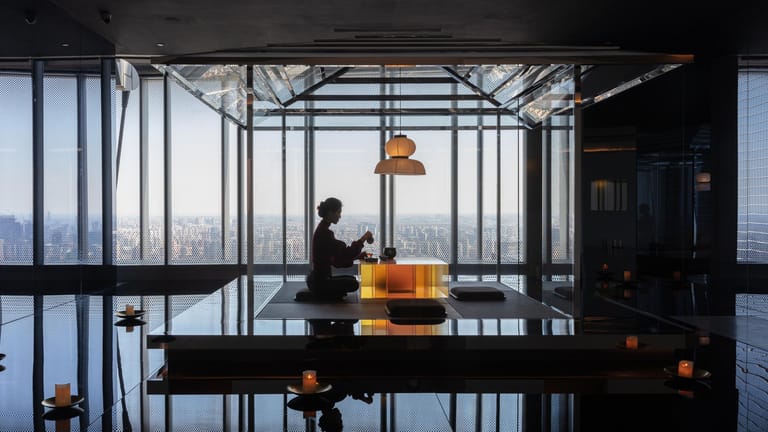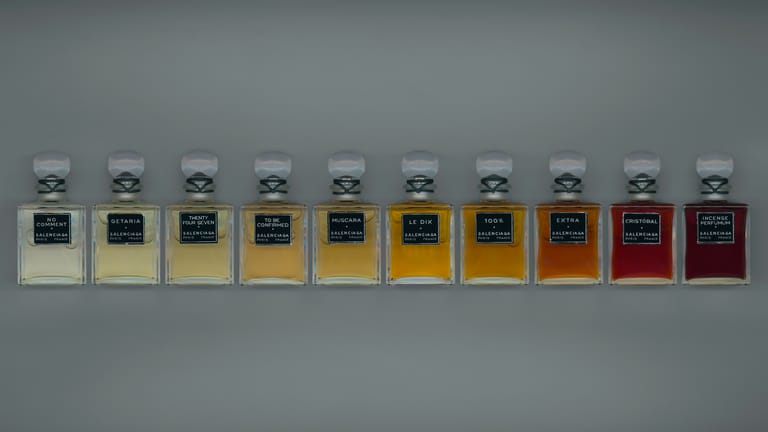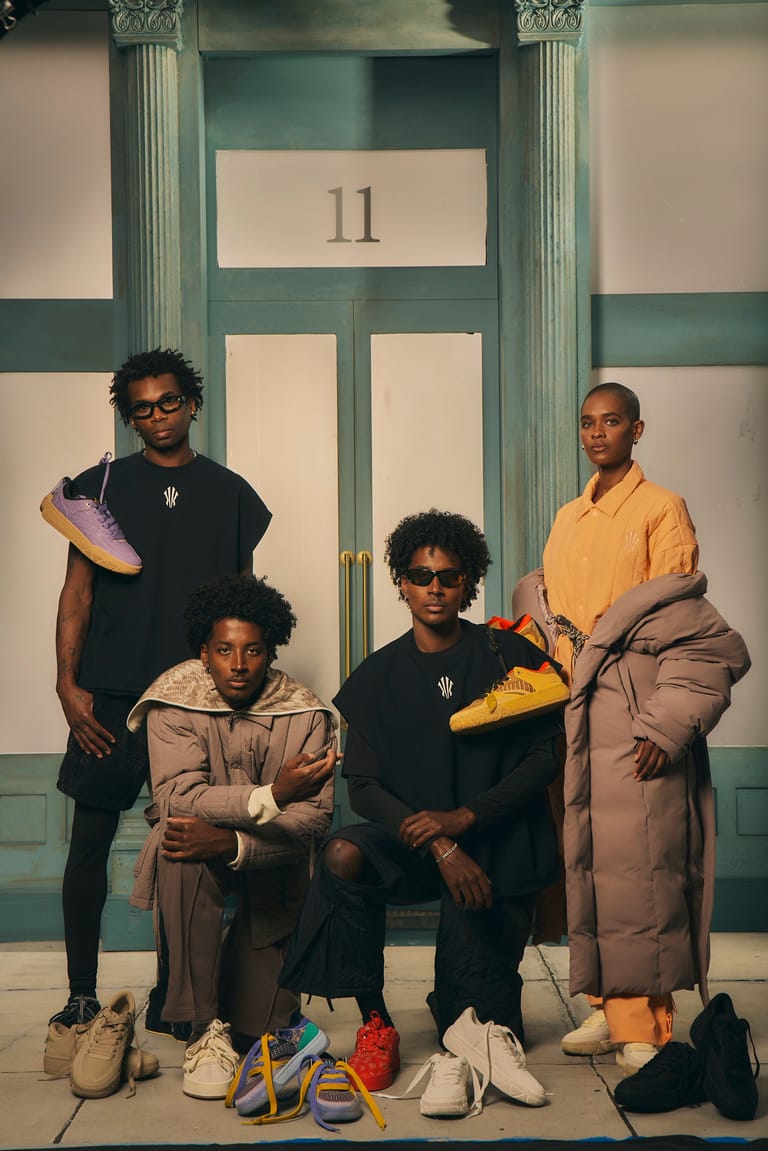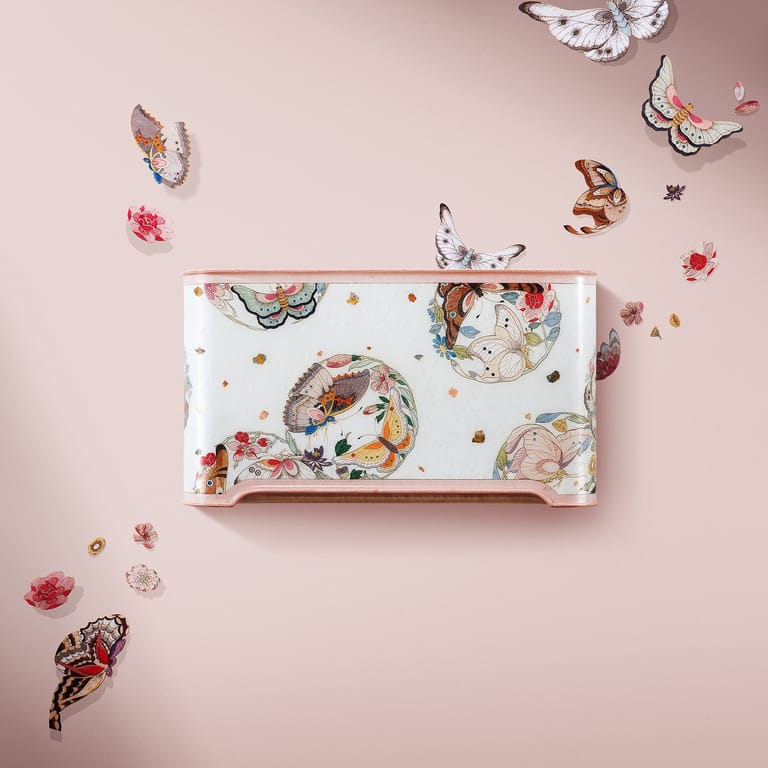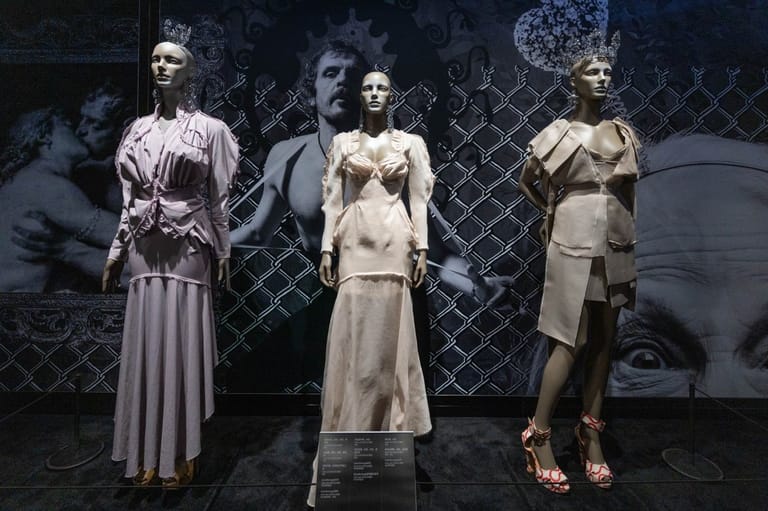Shanghai Fashion Week Charts a New Path Amid Industry Slowdown
By
Flora Gu

Published on
April 2, 2025
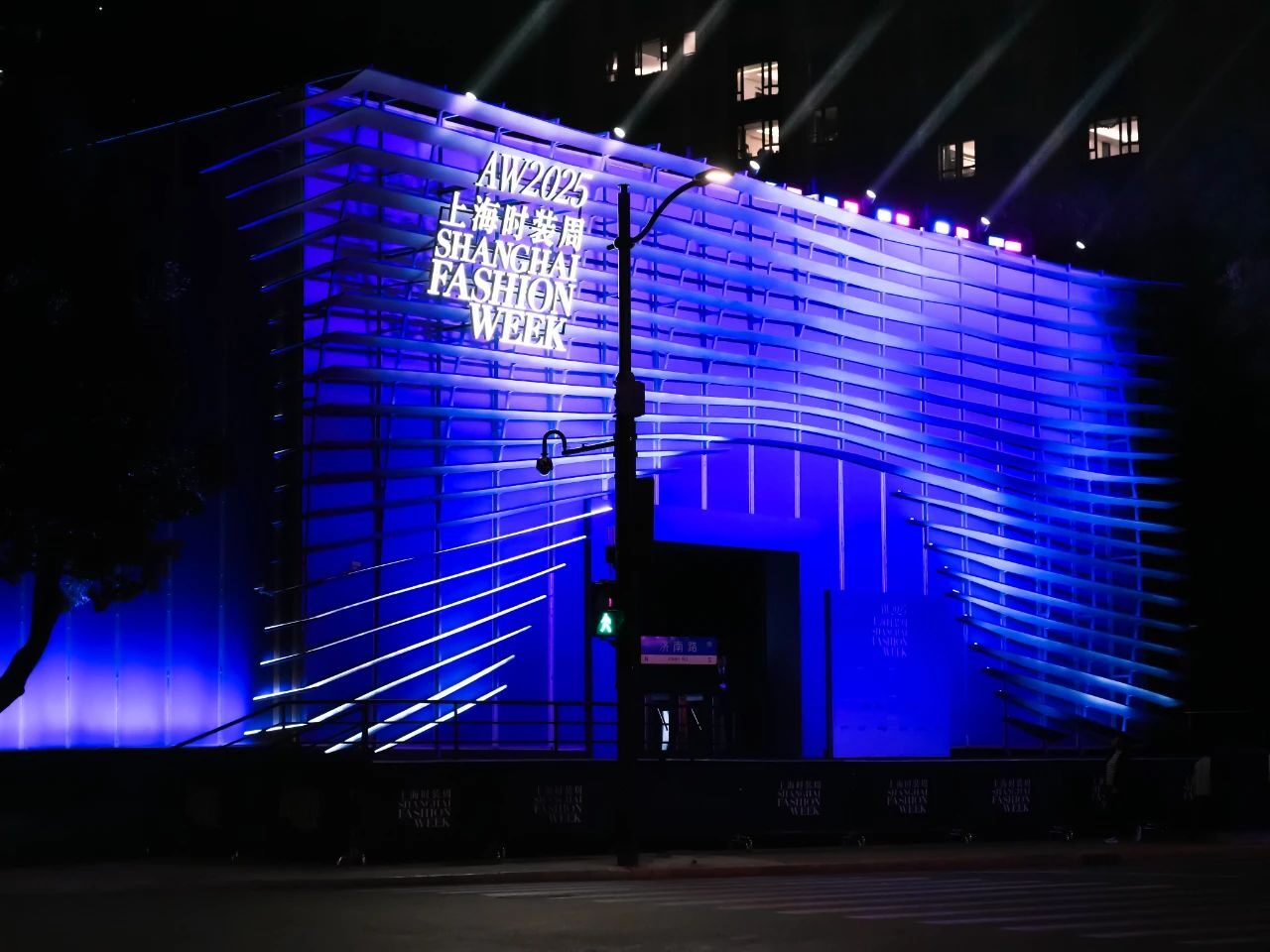
Amid the fashion industry’s reconstruction, the 2025 Fall/Winter Shanghai Fashion Week (SHFW) is shifting beyond its traditional format into a strategic force shaping the country’s fashion ecosystem. Anchored by the “First in Shanghai 3.0” initiative, which aims to encourage global product debuts in Shanghai, this season integrates sustainability, supply chain innovation, and cross-disciplinary design, bolstering Shanghai’s position as a global fashion hub.
When the seasonal carnival kicked off on March 25 in Xintiandi, it set the stage for a broader industry transformation. From the collaborative efforts of Kunshan Chenfeng Industrial Park’s manufacturers to the debut of African fashion brands at the Mode trade show, and from EP YAYING’s infusion of heritage craftsmanship into urban culture to the futuristic dance between Unitree Robotics’ G1 and a cyber-horse installation, SHFW is demonstrating that fashion’s ultimate value lies not just in design, but in its ability to connect global resources and industries within a dynamic ecosystem.
Rethinking the Role of Fashion Week
According to The State of Fashion 2025 report by McKinsey & Company and Business of Fashion, the global fashion industry is expected to maintain slow growth in 2025, with revenue increases in the low single digits. As the world’s second-largest apparel market, China has felt the strain. In the first half of 2024, apparel sales grew by a mere 1.3 percent, roughly half of pre-pandemic levels.
Weakened consumer confidence, intensified competition, and a stagnant fashion sector have further dampened domestic sales. According to China’s National Bureau of Statistics, apparel sales from major retailers totaled 1.07 trillion yuan ($149 billion) in 2024, marking a mere 0.1 percent year-over-year increase—15.3 percentage points lower than in 2023.
In this context, SHFW is no longer just a stage for runway shows; it has become a pivotal player in shaping the future of Chinese fashion during this period of economic recalibration. Fashion Week’s mission now extends beyond trendsetting to driving sustainability, fostering small and mid-sized brands, and leveraging resource integration to fortify China’s long-term fashion influence.
Sustainability as a Catalyst
This season, sustainability remains at the core of SHFW’s agenda, with initiatives designed to accelerate industry-wide transformation.
The MODE exhibition’s Youliao Space project, a key platform for sustainable innovation, continues to expand its scope, highlighting the latest advances in bio-based materials, smart textiles, and traditional craftsmanship. Chinese brand Hybio Studio is pioneering biodegradable bio-based materials, while Unconscious Studio merges ramie fibers with 3D printing technology to modernize traditional textiles. Meanwhile, Zozorika has introduced the world’s first carbon-neutral pet apparel, blending 3D virtual patterning with eco-conscious design to push sustainability into new consumer categories.
On the design front, the launch of Asia’s first dedicated sustainability-focused fashion award at Fashion Weekunderscores the industry’s shift. Unveiled on March 28 at Suhe Haus, a cultural and arts hub in Shanghai, the 2025 Sustasia Fashion Prize aims to foster collaboration between designers and material suppliers. According to founder Shaway Yeh, the initiative goes beyond recognizing outstanding design—it seeks to establish a sustainable innovation ecosystem across the entire fashion value chain. By linking academia, industry, and research, the award offers a replicable model for transforming sustainability concepts into commercially viable fashion products.

Integrating Resources to Strengthen Industry Resilience
With industry growth slowing, SHFW has also focused on facilitating communications across various players of the value chain and consumer-driven innovation to shore up the Chinese fashion ecosystem.
As a conduit for international collaboration, the Mode trade show—under the theme “Fashion Beyond Borders”—has solidified Shanghai’s global reach. Featuring over 200 brands from 34 countries and an unprecedented 57 percent overseas participation rate, the event highlights the city’s growing influence. The “Africa Reimagined” initiative, which introduced a curated selection of high-end African fashion brands, brought forth a new aesthetic, blending sustainable practices with intricate craftsmanship.

Beyond international engagement, this season also tackled the challenge of fashion product diversification. New categories, including “Fragrance Fashion” and “Home Fashion,” demonstrated the fusion of fashion with adjacent industries, providing fresh avenues for growth. The XC Show, under the theme “Flair in Focus,” blurred the lines between home décor and apparel, redefining fashion’s intersection with lifestyle. “We curated this experience like an album tracklist—guiding visitors through a journey of discovery,” said XC Show founder Guo Jiacheng, highlighting the immersive and layered nature of the event.
Breaking Boundaries with Cross-Disciplinary Design
Integrating technology, heritage, and youthful creativity remains a defining feature of SHFW. Emerging designers, digital natives in their own right, are translating technological advancements and Eastern aesthetics into bold new design languages.
Labelhood collaborated with Nike for the “Labelhood·Tianya” project, an experimental campaign that brought together China’s next-generation creatives. Through a hybrid showcase blending runway presentations, immersive street installations, and performance art, the project explored the boundless nature of design expression. The term Tianya (天涯) symbolizes both the pursuit of creative frontiers and the organic evolution of design in the real-world market.
Meanwhile, Comme Moi’s Spring/Summer 2025 collection spotlighted flax-based textiles, employing techniques like bias cutting and raw-edge finishing to emphasize natural aesthetics. Traditional mud-dyeing methods were also given a contemporary twist, with rich textures and tonal variations enhancing linen and silk pieces.
Similarly, Samuel Guì Yang’s Fall/Winter 2025 collection, “Frames,” took inspiration from traditional Chinese window lattice patterns. The collection’s prints—featuring the character “東” in its classical form—echoed architectural motifs, while “Chi Carp (锦鲤)” imagery symbolized prosperity. This fusion of everyday utility and cultural symbolism underscored the designer’s commitment to preserving Chinese heritage within modern fashion.

Notably, young designers are no longer waiting for recognition in “incubation zones;” instead, they are seizing control of their own narratives. Visa, for instance, backed independent label Short Sentence, which unveiled its Fall/Winter 2025 collection “A Chill Corner” at Xintiandi. Inspired by artist Sally Avery’s work, the collection captured the elegance and ease of creative life. Simultaneously, Visa’s GenVisa Creator Summit provided a platform to amplify Chinese original design, underscoring the growing agency of emerging talent in reshaping industry dynamics.
SHFW’s Evolutionary Role
As the global fashion industry faces an era of prolonged slow growth, SHFW has emerged as a beacon of resilience and innovation. By fostering cross-industry collaboration, championing sustainability, and bridging heritage with technology, the event is redefining its role—not merely as a launchpad for new collections but as an architect of China’s fashion future.
SHFW embodies the principles of jingzhi (精致) espoused by Jingzhi Chronicle by prioritizing sustainability in fashion, blending heritage with modernity, and offering immersive experiences that resonate with China’s growing and sophisticated consumer base. The 2025 Fall/Winter SHFW has built an open, interconnected, and forward-looking fashion ecosystem—one that helps brands navigate economic headwinds, strengthen industry ties, and chart a sustainable path forward.






